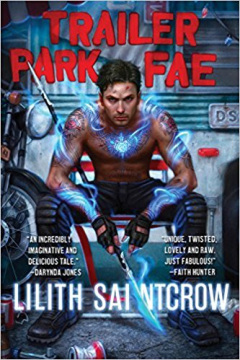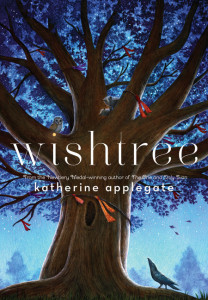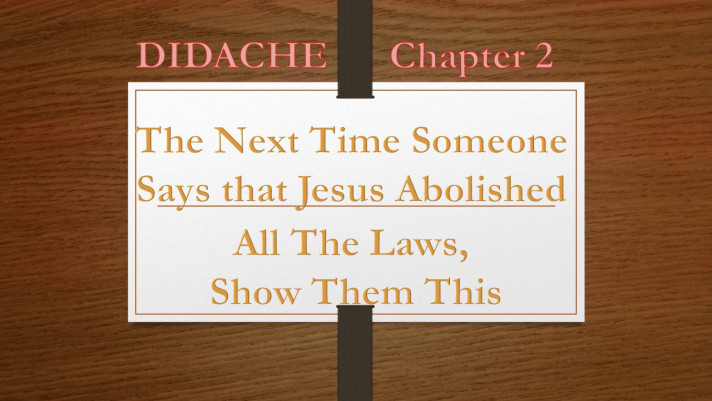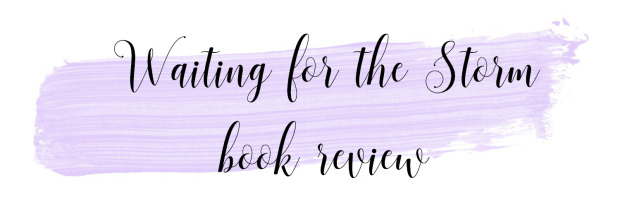Although Lilith Saintcrow is a leader in the urban fantasy genre, writing under several names, Trailer Park Fae was my first experience with her work. I enjoyed reading this book, which is unusual because I’m not partial to fairy stories. I was entranced immediately by the quality of the writing. It engulfed me with sensory details, making it easy for me to lose myself in our world and the different fairy kingdoms. The prose flows beautifully and I felt immediately engaged with the complex characters.
 Saintcrow’s fantasy realm overlays and connects easily with the humans’ grittier reality. However, the people are oblivious to the sidhe in their ranks. The fae use them as tools or victims always to the detriment or death of the humans. This makes the fae mostly horrible, an idea that might not be popular with some readers. Whether the monster is a space alien, demon spawn, or Summer Queen, we like to think that humanity could defeat or at least break even at some point. This novel does not harbor those illusions. The two protagonists are half human at least, which is the only reason why they survive their interactions with the other worlders.
Saintcrow’s fantasy realm overlays and connects easily with the humans’ grittier reality. However, the people are oblivious to the sidhe in their ranks. The fae use them as tools or victims always to the detriment or death of the humans. This makes the fae mostly horrible, an idea that might not be popular with some readers. Whether the monster is a space alien, demon spawn, or Summer Queen, we like to think that humanity could defeat or at least break even at some point. This novel does not harbor those illusions. The two protagonists are half human at least, which is the only reason why they survive their interactions with the other worlders.
The story dives into three plots interweaving three different characters. First, Jeremiah Gallow, half-fae and ex-guard of the Summer Palace, is fighting off suicidal depression after the death of his human wife. He has turned his back on the sidhe, wanting only to be left alone. Unfortunately, he drops into the middle of a complex conspiracy dealing with a plague on the sidhe and the fight between the kingdoms to control the cure.
Next enters Robin Ragged, an unwilling messenger of the Summer Queen. Robin becomes the key to controlling the plague that is decimating Unwinter’s realm. Gallow meets her by accident when she tries to outrun the King’s henchmen. She resembles Gallow’s wife, which sets off a protectiveness and curiosity in him. This sets up emotional tension between the two characters and provides the impetus for both to work together.
The third character is Puck Goodfellow, a free fae unattached to any court and seeking to make trouble in both. He stands outside most of the action, serving as the role of conductor to orchestrating the chaos. His hidden agenda and desires are not revealed until toward the end of the novel.
Although I enjoyed the lovely narrative, the descriptions sometimes ran on too long, obscuring meaning rather than clarifying a vision. Some of the phrasing and words were unfamiliar to me as well, which I put down to the fact that I don’t know the genre. Usually the meaning of certain unusual words can be picked up through the text, but that was not the case here. A glossary would have helped.
The ending, although surprising, still felt incomplete. The story of Goodfellow resolves but the others are left open for the obvious sequel. I’m a fan of series but feel that each book should stand alone. More resolution for the primary characters would have been nice.
In conclusion, if you like evil fairy-oriented urban fantasy, you’ll enjoy this book. However, readers new to the genre might get a little lost with this novel being their first choice.
Spread the love




